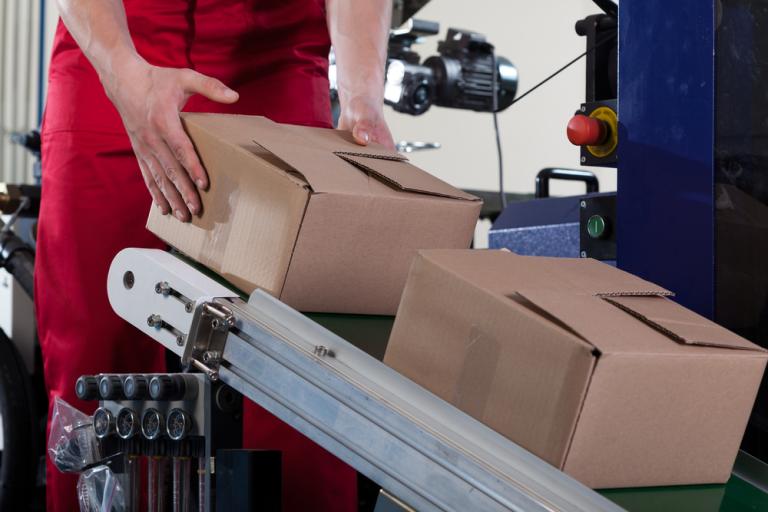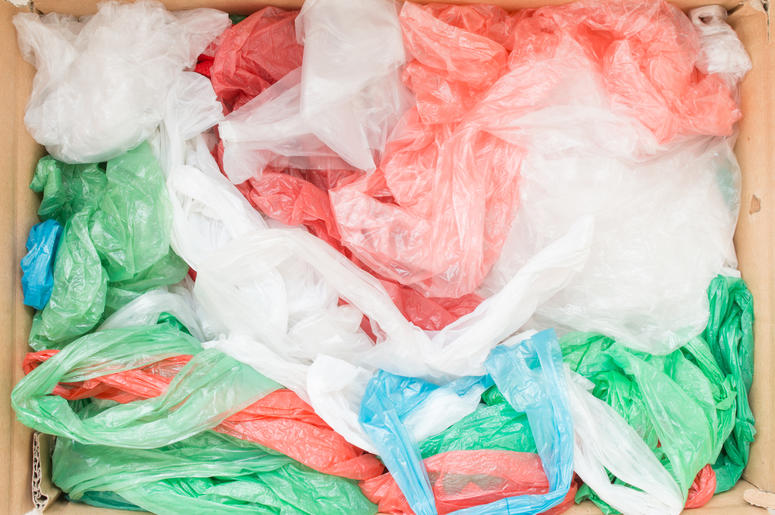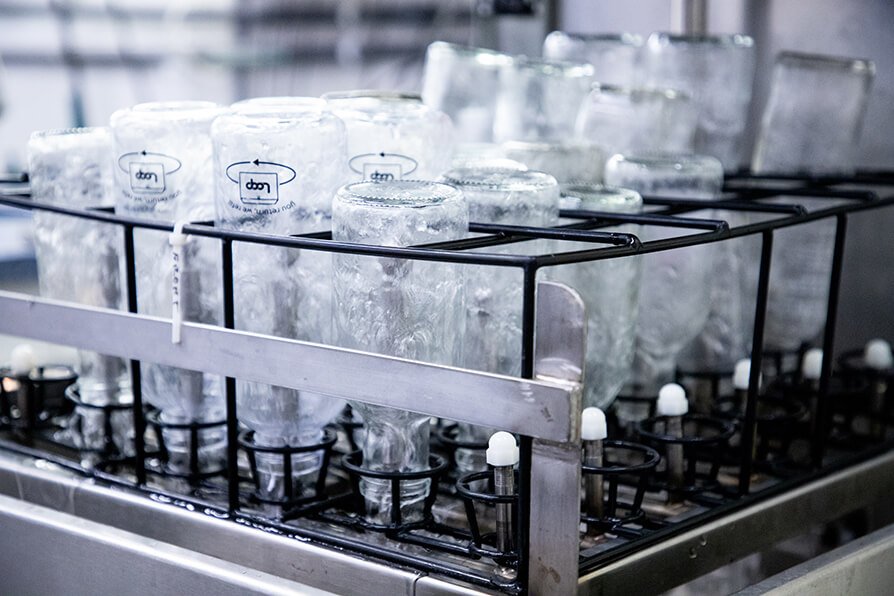Sustainable products? How about sustainable packaging?

If you want to run a sustainable company, consider reworking how your product arrives in the homes of your consumers.
In recent years, my fiancée has led me down a certain path. I noticed it first on our trips to the grocery store. Preface to say, our local grocer is one that defaults to providing shoppers with thin plastic grocery bags for free. Rather than use those bags, before we left for the store, my better half would stop and remind me to grab a backpack and a reusable grocery bag.
At the time, I thought this was her skillful act of self-preservation. Put the heavy items in the backpack, the lighter items in the cloth bag, and we could walk home without having razor-thin lines of polyethylene cutting off our fingers. It was a genius move.
Of course, defending our digits was not her real intent. Her true purpose was to rid our apartment of leftover plastic bags, which we kept in an over-stuffed kitchen drawer. Within a few months, taking reusable bags was a habit, and we reclaimed the drawer (which is now filled with a melange of paper clips, blunt pencils, rubber bands, matchbooks and outdated delivery menus).

How many households in the world have this same drawer?
Fast forward to today, and this mentality now rules our apartment. We recently canceled a membership to a meal-prep service because there was too much plastic packaging. We send instructions to takeaway restaurants to leave out plastic utensils and single-serve condiments. We get annoyed when a single online retailer delivers three things we ordered in three separate boxes.
Thanks to her, when we think about bringing things into our home, we don't just consider the things we're buying. We consider the bags, containers, and packaging those things come in. It turns out, we're not alone.
Consumers, transparency, and sustainability
For several years running, transparency of policies has steadily grown in importance in consumer purchasing decisions. This is not an intuition. Harvard Business Review documents that products marketed as “sustainable" accounted for 50% of CPG growth over the last 5 years.
One explanation for the increase is that people might pay more for a product if they feel reassured that the company offering the item is producing it in a more sustainable way than competing, even cheaper products. Now, that same consumer desire for sustainability is reaching beyond the goods themselves and entering the area of shipping and fulfillment.
Consider a package you might receive from an online electronics retailer. At the center is your new thing. Your new thing comes wrapped in thin protective plastic, packed in a heavier structural plastic framework, which is boxed in a light cardboard, wrapped in another layer of thin plastic, then wrapped in plastic bubble wrap, and shipped to you in a larger heavy cardboard box.
That's a lot of mixed material destined to spend up to 450 years in a landfill. So, what can retailers do to answer consumer desire to buy things in a socially responsible way?
The challenge of sustainable packaging and shipping
11 of the world's largest packaging companies have pledged to move to 100% recyclable, reusable, or compostable packaging by 2025. These same 11 companies are responsible for six million metric tonnes of plastic packaging each year – no small undertaking. To do it, they're employing options and tactics that other companies and industries can learn from immediately.
First, and a must, is to reduce plastic use to the absolute minimum. Recyclable plastics are a good strategy for reducing pollution, but consumers are increasingly aware that when you recycle plastic, the outcome is slightly less-recyclable plastic. In addition, more and more dour statistics are coming to light, such as 91% of plastic never gets recycled at all, and a large portion of it winds up in the ocean.
One interim fix is to find spaces where companies can rapidly replace plastics with sustainable materials. Tech giant Samsung has pledged to transition to exclusively paper packaging materials before 2020. In addition, they'll incorporate recycled plastics back into the company, and begin a program to reclaim discarded products.
Reusing before recycling
Another area any company should examine is how consumers can reuse packaging – which is hardly a new concept. Milkmen in the 1950s and '60s would deliver glass bottles of milk to homes, swapping them for empty bottles to be sterilized and reused. In a modern-day approach, experimental online grocer Loop delivers hundreds of products from 42 different brands in 100% reusable containers.

Bottles from Loop are sterilized and re-used, an innovative solution brought back from the 1950s.
Some companies are embracing a key strategy set forth in the proposed “circular economy", a concept that has been around for a while, but not widely adopted. In this approach, companies identify themselves as responsible for the entire lifecycle of a product and its packaging – including raising the ease with which consumers can reuse and recycle.
It's with that approach that grocery delivery giant Fresh Direct has successfully transitioned away from using millions of cardboard boxes each year, and instead delivers groceries in heavy plastic bags that are traded and recycled on the next delivery.
Companies can increase their sustainability by examining how they use materials, but also how they use technology in their operations. This can touch everything from creating smart buildings that automatically adjust HVAC and lighting, to how delivery vehicles find the most efficient routes to make the highest number of stops in a working day.
The goal of creating a sustainability-first company is to reduce environmental impact to nil. But while that takes hold, consumer preference for eco-conscious companies means increased profits for the effort. As the world population grows, this will become increasingly critical – and those that pioneer sustainable packaging will lead the industry.
Have your say
Sign up for our newsletter
Why sign up:
- Latest offers and discounts
- Tailored content delivered weekly
- Exclusive events
- One click to unsubscribe


